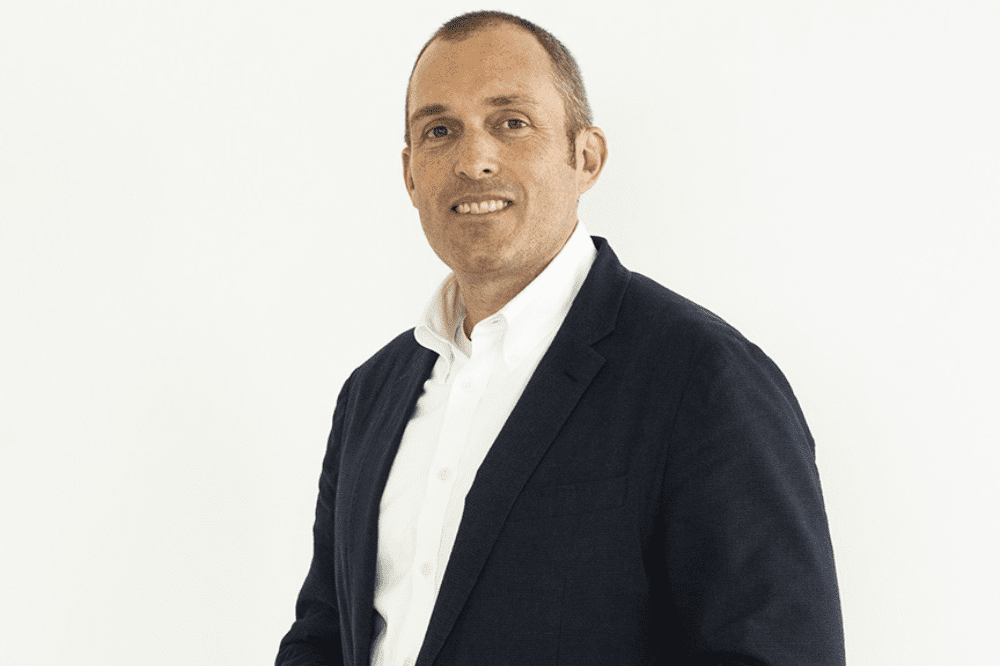AI and the fight against insurance claim fraud

“One of the biggest challenges for claim handling is having a complete view of your customer and what their claim is about,” said Dan Donovan, VP of Customer Success & Solution Consulting in the Americas at Shift Technology.
“In most carriers’ legacy claim systems or even their newer, more modern claim systems, their data is still siloed. Structured data is easy to access but it is all over the place, and unstructured data is just massive volumes of it, and often, again, spread out and siloed.
“The challenge is to bring all that data together in one place and be able to look through that data to identify patterns that might be predictive of potential fraud in a claim, and what are the weird signals that make it suspicious and different from a typical clean, meritorious claim,” Donovan explained.
Shift is a tech provider that uses artificial intelligence (AI) to automate and optimize insurance business processes. The Paris-based firm has offices worldwide, including Toronto and Boston. It counts leading property and casualty (P&C), travel, health, workers’ compensation, and life insurers among its clients.
This year, Shift teamed up with Équité Association, an independent non-profit organization dedicated to preventing insurance fraud, to build a national fraud detection system using AI. The project is a first for P&C insurers in Canada.
Read more: Équité Association, Shift Technology partner to create AI-powered fraud detection platform
Tools like Shift’s claim fraud detection let carriers scale this process and centralize data, but many still use manual processes and rely on claim handlers, who are often already overloaded with customer service. Human factors can make the claim pipeline leaky, Donovan pointed out.
“Some do [fraud detection] better than others, some are more in tune with fraud – there’s different levels of experience and knowledge that play into it. In the current state, the process is really hit or miss,” Donovan said.
Detecting fraud
Many cases of insurance claim fraud are often opportunistic, where an individual takes advantage of an incident by inflating their injuries or damage to their asset to get more money. One of the most common types of claim fraud revolves around staged losses, for example.
“Carriers may we see a lot of what we might call ‘paper accidents’. Sometimes [the claimants] crash their cars intentionally, sometimes they just create these accidents on paper,” said Donovan. “The claims can run to the tens of thousands of dollars in medical treatment, for instance, that may have never actually occurred.”
Read more: IBC reveals the five most common types of fraud
These types of fraud can have a huge impact on the overall premiums, Donovan added. As technology around claims fraud detection grows, fraud tactics are also getting more sophisticated. One of the biggest concerns for the industry is how to stay ahead of the fraudsters.
“For every change you make and identifying and detecting fraud, they’re looking for another loophole,” Donovan said.
‘White-box’ approach
Donovan said Shift takes a “white-box” approach when it works on claim fraud with its clients, referring to a method of software testing that evaluates the code and the inner workings of a program. The primary focus of white-box testing is to determine whether the predefined inputs produce the desired outputs.
“A lot of providers ask for your data, and they produce an output. We don’t just deploy the product, throw it over the fence, and wish them good luck. We take feedback on a regular basis,” Donovan told Insurance Business. This flexibility allows Shift to foster close collaborations with its clients, adapting to their needs and trends in the industry.
“We work with customers who have different lines of business, dealing with different types of fraud. If they tell us one scenario isn’t working anymore, and they’d like to shut it off or modify it, we do that with them. If they mention a new fraud trend, we work with them to create a scenario to detect it. The process is ever evolving,” Donovan explained.
Dealing with claims fraud also involves a holistic look at a carrier’s claims process. Amid the industry’s digital transformation, carriers are striking a balance between human touch and automation.
“It’s not just about detecting fraud. It’s more important now for carriers to improve customer experience, as they digitize the claims handling process and automate more,” noted Donovan. “[Carriers ask]: ‘How do I gain a level of comfort that allows me to ‘straight-through’ process a claim?’ One way they can do that is by working with a good fraud detection vendor that can put this detection upfront, at first notice of loss, in real time.”
Automating certain tasks in the claim handling process can free up employees to spend more time on high-value tasks. It can also help level the playing field in a changing employment market, as experienced claim specialists are aged out and leave gaps in institutional knowledge.
“By automating [claim handling] through AI and machine learning to provide the types of insights that an experienced claim handler would normally have through experience, the new claim handlers can make better decisions,” Donovan said.





